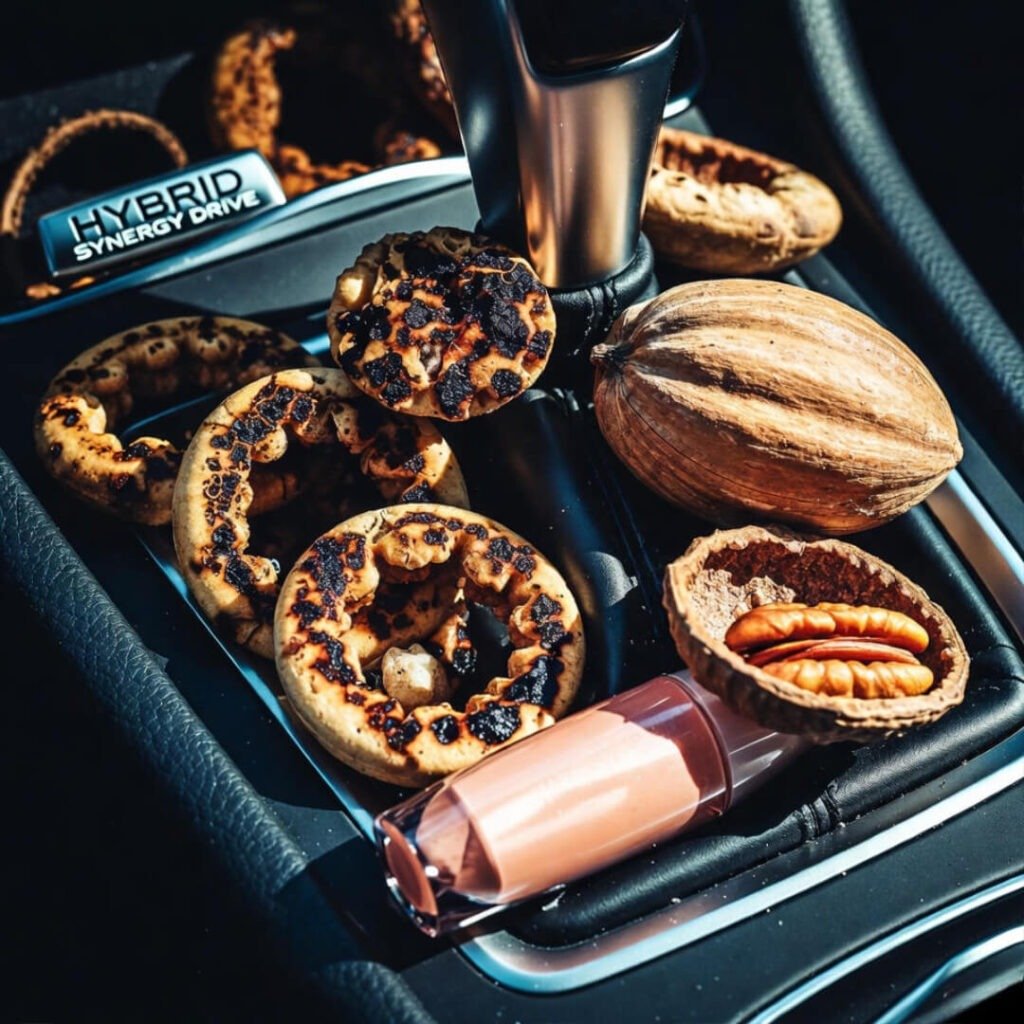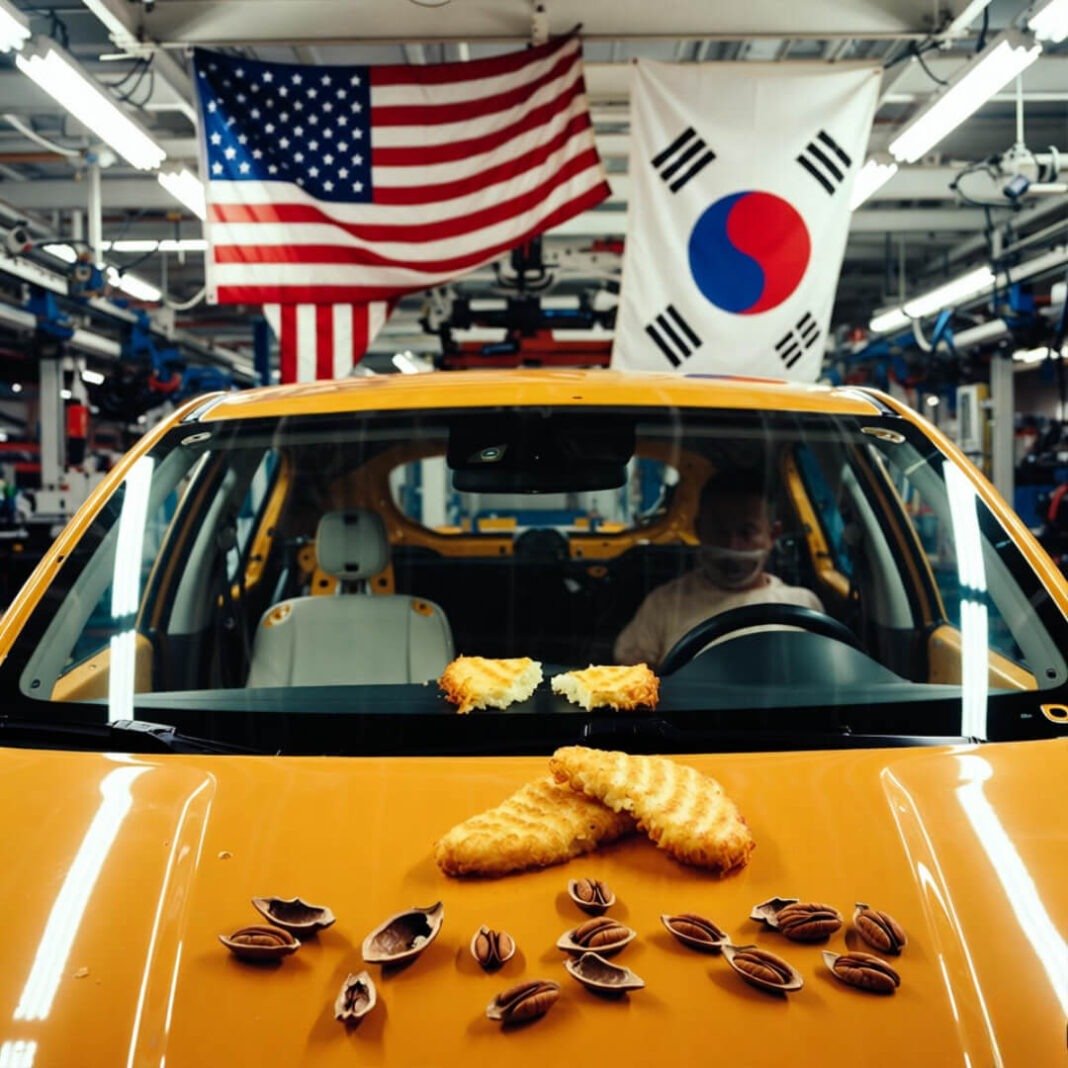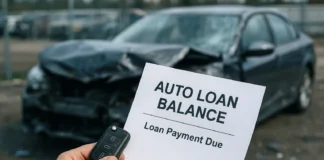Kia’s Plans to Produce Hybrid Vehicles in the U.S., which caught the attention of a 35-year-old man stuck in traffic. He feels frustrated with his gas-guzzling car and has spent a lot on oil changes this year. The news about Kia makes him feel hopeful that hybrid production could change his situation. He reflects on this while sitting on his porch in Decatur, struggling with the heat and noise from his neighbor’s leaf blower. The mixed emotions of excitement and skepticism about these hybrid plans linger in his mind.
Why Kia’s Plans to Produce Hybrid Vehicles in the U.S. Feels Like a Personal Wake-Up Call
That Time My Road Trip Almost Ended in a Gas Station Meltdown
Last summer, I traveled from Georgia to Nashville with my friend Jake, but it turned into a disaster with engine overheating and high gas costs. I spent $80 on gas every couple of hours, leading to a rant about my eco-bag mishap at a protest due to a hangover. This experience made me think about American hybrid cars. Now, with Kia releasing hybrids in the US, I’m excited but worried about messing up again, like denting a new car on the first day. Have you seen the factory renders? They look so efficient compared to my car troubles.
- Pro tip from my screw-ups: Test drive a hybrid ASAP—don’t be like me, who white-knuckled a rental and nearly sideswiped a squirrel. Feels weirdly zippy, like the car’s whispering, “Chill, bro.”
- Weird win: Kia’s betting big on Georgia plants, which means jobs—my cousin’s eyeing one, and hell, maybe I’ll volunteer to “consult” on the coffee situation.
- Honest gut-check: Hybrids aren’t perfect; battery recycling’s still a headache, per that EPA guide I skimmed last night while avoiding laundry.

It’s chaotic, right? One minute I’m high-fiving the future, next I’m spiraling over “What if the incentives flop like my fantasy football team?”
Digging Deeper: How Kia’s Hybrid Vehicle Plans in the U.S. Could Flip My Daily Grind
The Assembly Line Dream (and My Clumsy Fantasies About It)
Okay, fast-forward to this morning—I’m out back in this muggy September haze, fiddling with my weed whacker that’s basically a metaphor for my life: loud, inefficient, and always jamming up. Scrolling X (or whatever we’re calling it now), I stumble on Kia’s hybrid vehicle plans and Kia announcements, all about that West Point, GA, expansion with EV tech bleeding into hybrids. It’s got me reminiscing about my one factory tour back in ’19 at a Ford plant—smelled like hot metal and regret, because I tripped over a hose and face-planted in front of a tour group. Embarrassing? Understatement. But now, imagining Kia hybrid production in the US humming along, cranking out efficient rides that sip gas like a polite Southerner sips sweet tea? It’s got this cautiously optimistic buzz, like maybe American roads won’t choke us out anymore.
I mean, weave in some facts without boring you:Kia’s aiming for thousands of units yearly, blending their e-GMP platform with gas engines for that sweet spot—check Kia’s own hybrid page if you’re not as obsessively bookmarking as me. My flawed spin? As a guy who’s wrecked two sedans on black ice, these hybrids’ regen braking could save my sorry butt. But contradictions, yo—I’m all in on the green wave, yet I crave that V8 rumble from my misspent youth. Run-on alert: seriously, though, if Kia’s plans to produce hybrid vehicles in the U.S. deliver on range without the sticker shock, I’ll eat my catalytic converter.

Quick Hits on What Scares (and Excites) Me About Kia US Hybrids
Let’s bullet this chaos before I derail into lunch plans:
- Range anxiety? Nah, not anymore—these bad boys promise 40+ mpg city, per early specs from Car and Driver. My take: Finally, road trips without the “are we there yet” gas stops turning into therapy sessions.
- Price point pitfalls: Starting around 30k? Doable for middle-class me, but if tariffs jack it, I’ll be rage-tweeting from the poorhouse.
- Eco-cred boost: Hybrids cut emissions 30-50% vs. pure gas, says DOE stats. Personal low: I recycled one bottle last week. One. Progress, baby steps.
Whew, typing this has me pacing my creaky deck, cicadas screaming like they’re in on the joke.

Wrapping My Ramble: Kia’s Plans to Produce Hybrid Vehicles in the U.S.—MyMessy Verdict
Alright, chat’s winding down like that last drop of sweet tea—sticky, satisfying, but leaving you wanting more. Kia’s hybrid production US push? It’s a game-changer for schlubs like me, turning my gas station pity parties into potential victory laps. I’ve learned the hard way: don’t wait for perfection; snag a test drive, crunch the numbers on FuelEconomy.gov, and maybe ditch the denial. Surprising reaction? I’m weirdly proud of a Korean giant going all-in on American turf—it feels like a flawed family reunion. Hit me up in the comments: What’s your hybrid horror story, or are you team full-EV? Let’s swap tales before I devolve into debating pizza toppings. Go on, click that share button—spread the cautious hype.









































